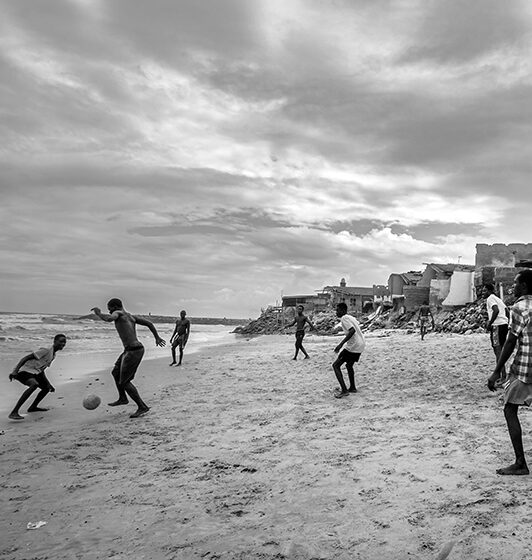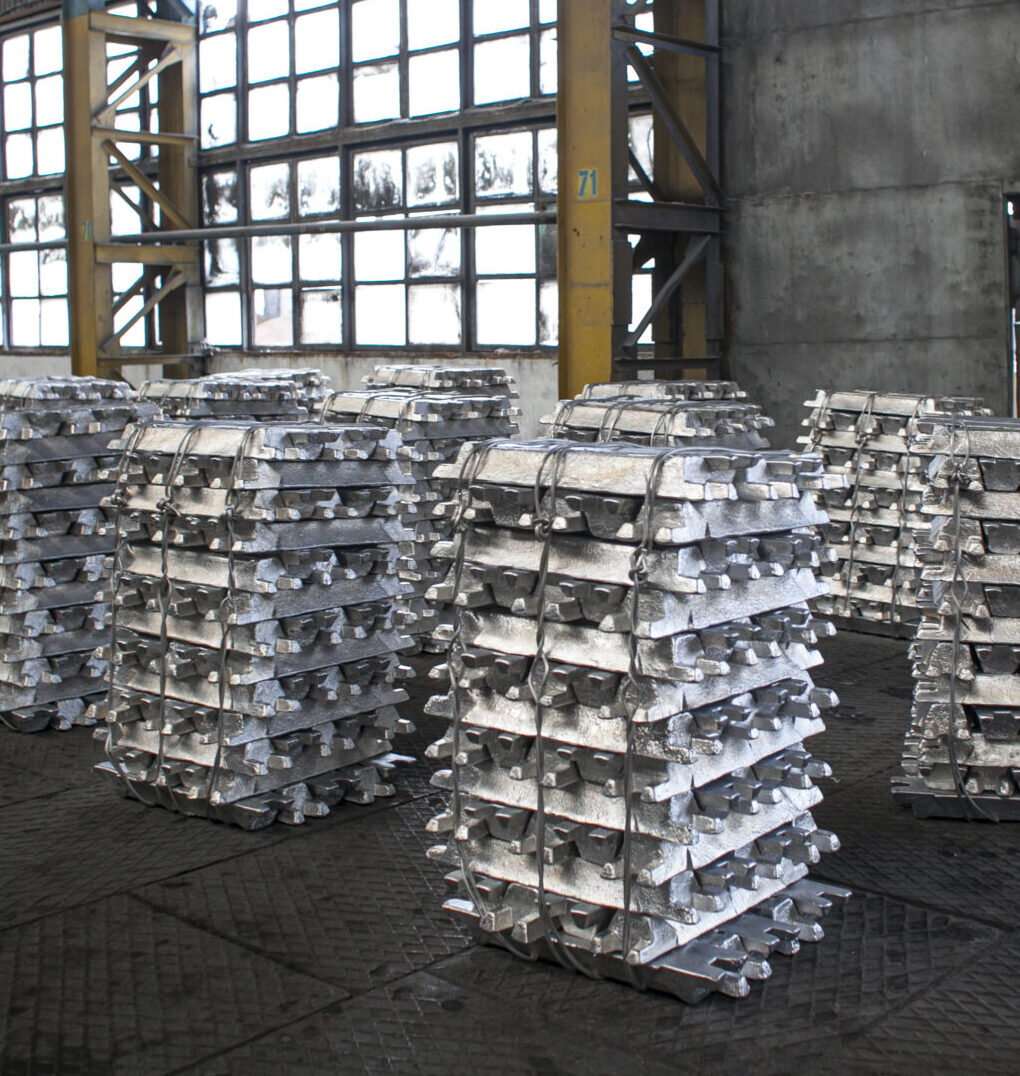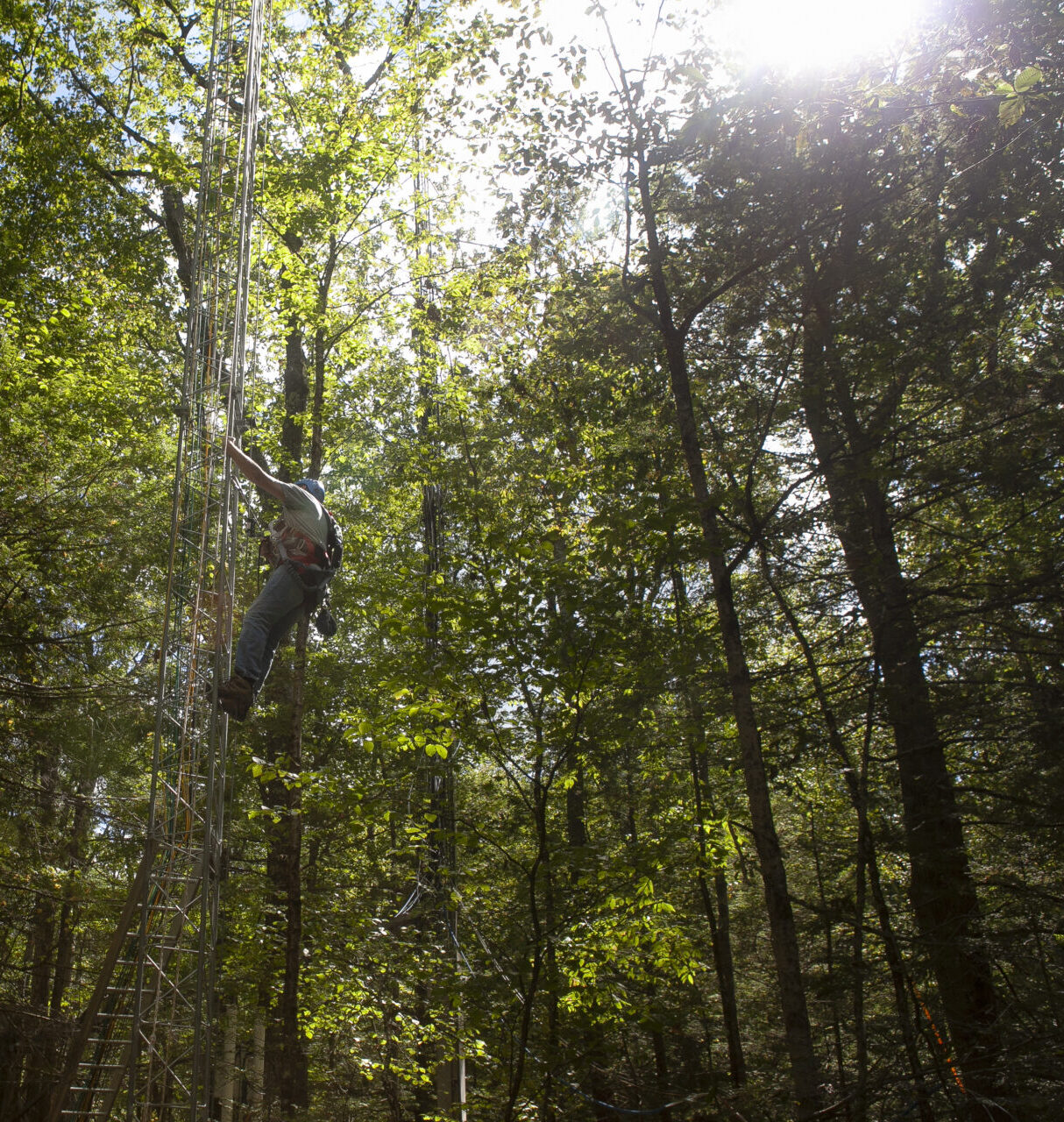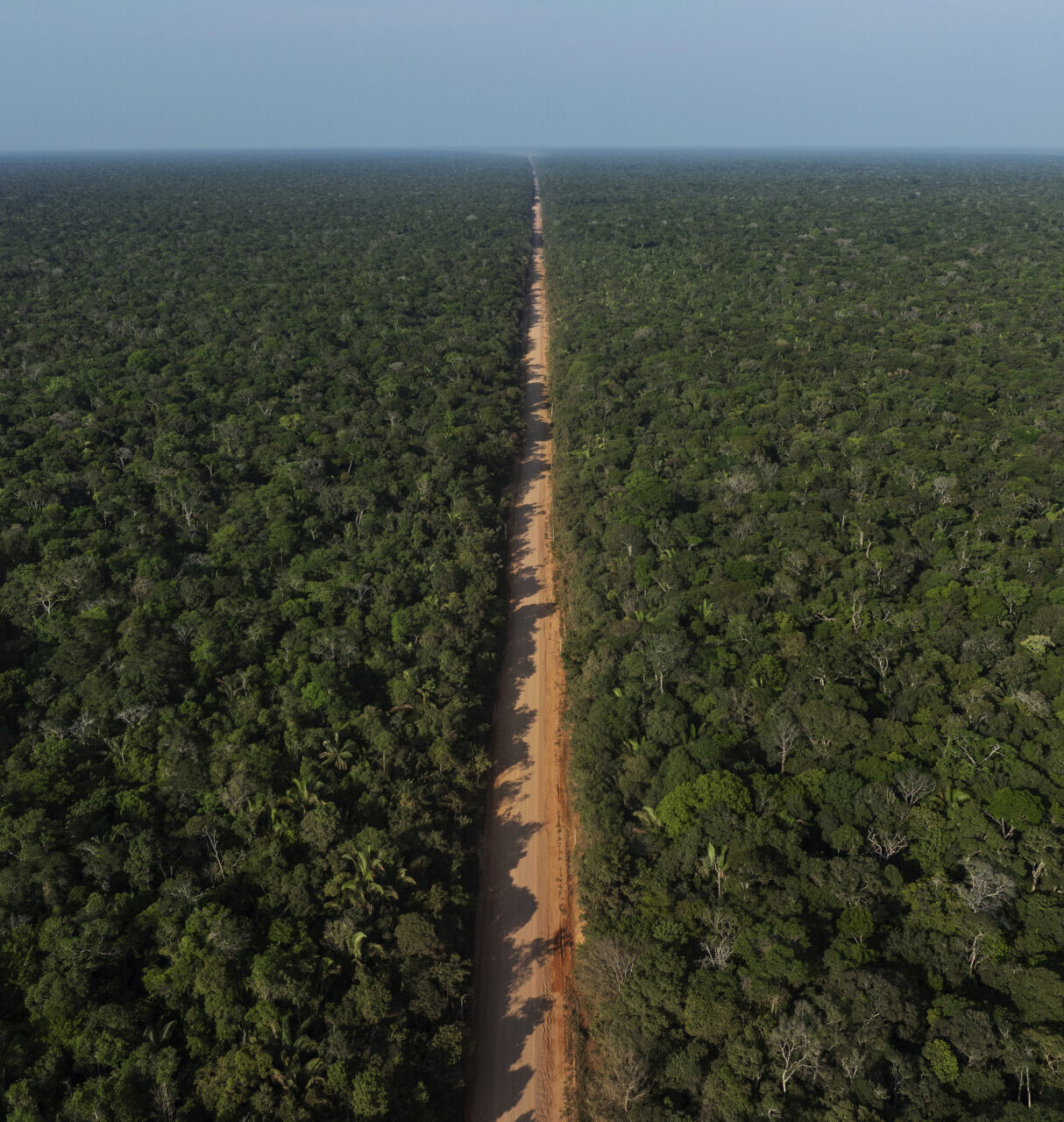India 2047: Key Learnings Summarized by the Scientific Committee
Over the last three days, we have gathered with scholars and practitioners from around the world to chart a path forward, beginning to confront how South Asia will continue to grow and flourish even as the climate changes around us.
Our colleagues in climate science tell us that the warming over the subcontinent over the next few decades is likely to be much faster than what has been experienced in the past. And rainfall will continue to become more intense, but more sporadic. Our climate scientists can work together to improve weather and climate forecasts – of the onset of the monsoon, for example, or of peak temperatures during the pre-monsoon season. But there are limitations to our skill in predicting weather and climate, and surprises are inevitable. Our takeaway lesson is that we must begin to prepare for new conditions never seen before across the subcontinent – and that preparation must begin now.
One way to prepare is to make sure that our forecasts from climate science are effective for the end users – farmers, urban planners, architects, or simply workers, who are trying to protect themselves and their families. Each of these groups have distinct needs and priorities. Preparing for climate change means developing forecasting tools that are customized to their specific contexts. And this will lead to more relevant and actionable plans for adaptation.
In the health sector, progress has been made in data collection, but significant unknowns remain regarding the livability in extreme heat conditions. Our current understanding of mortality and heat exposure at the city scale is crude, and there is a pressing need for more granular data to identify those most at risk, but we know enough to guide sensible public health decisions already.
Health data is fragmented but there are encouraging efforts across India to digitize and integrate health records. Across groups we identified the key value of a timely census for accurate epidemiological estimates of climate impacts on health. In general, there is much uncertainty about long term health outcomes, since we face overlapping challenges that intersect in synergistic ways – a key example is nutrition, non-communicable diseases, and susceptibility to infectious diseases.
Workers are already adapting to worsening heat conditions and have begun organizing in response to these challenges. However, broader social dialogues between government entities, businesses, and labor groups remain a priority, and it is critical to include workers in the conversation. Sector-specific triggers could be considered to capture the full spectrum of worker impacts. More research is needed to understand worker-level heat exposure, drawing lessons from initiatives such as the COVID-19 response and construction worker welfare programs.
The built environment operates at multiple scales, including buildings, urban design, and urban planning. Policy, market forces, and education each play a crucial role in shaping climate-responsive infrastructure. And again – as in the other workstreams and across sectors – innovations and solutions must be contextualized in all the various contexts of India.
Across groups we identified challenges associated with differing timescales of priorities, where long-term sustainability may be at odds with short-term needs, and this is also true for the built environment. The concept of “thermal comfort for all” should broaden the conversation beyond cooling and towards a more human-centric narrative for our urban infrastructure.
A critical question remains across all these sectors: Should heat be treated as a disaster or a routine problem? This underlies many of the discussions we have had in the last few days.
We want to underscore how productive it has been to discuss these difficult issues with people from across different sectors. We believe this sort of dialogue is a promising way to deliver practical, impactful solutions not only in India but around the world. And we look forward to building a community of practice and working with you to face the threats posed by climate change in the coming decades.
Additional outputs from the meeting will be forthcoming in the months ahead.
Read about the Scientific Committee here.










